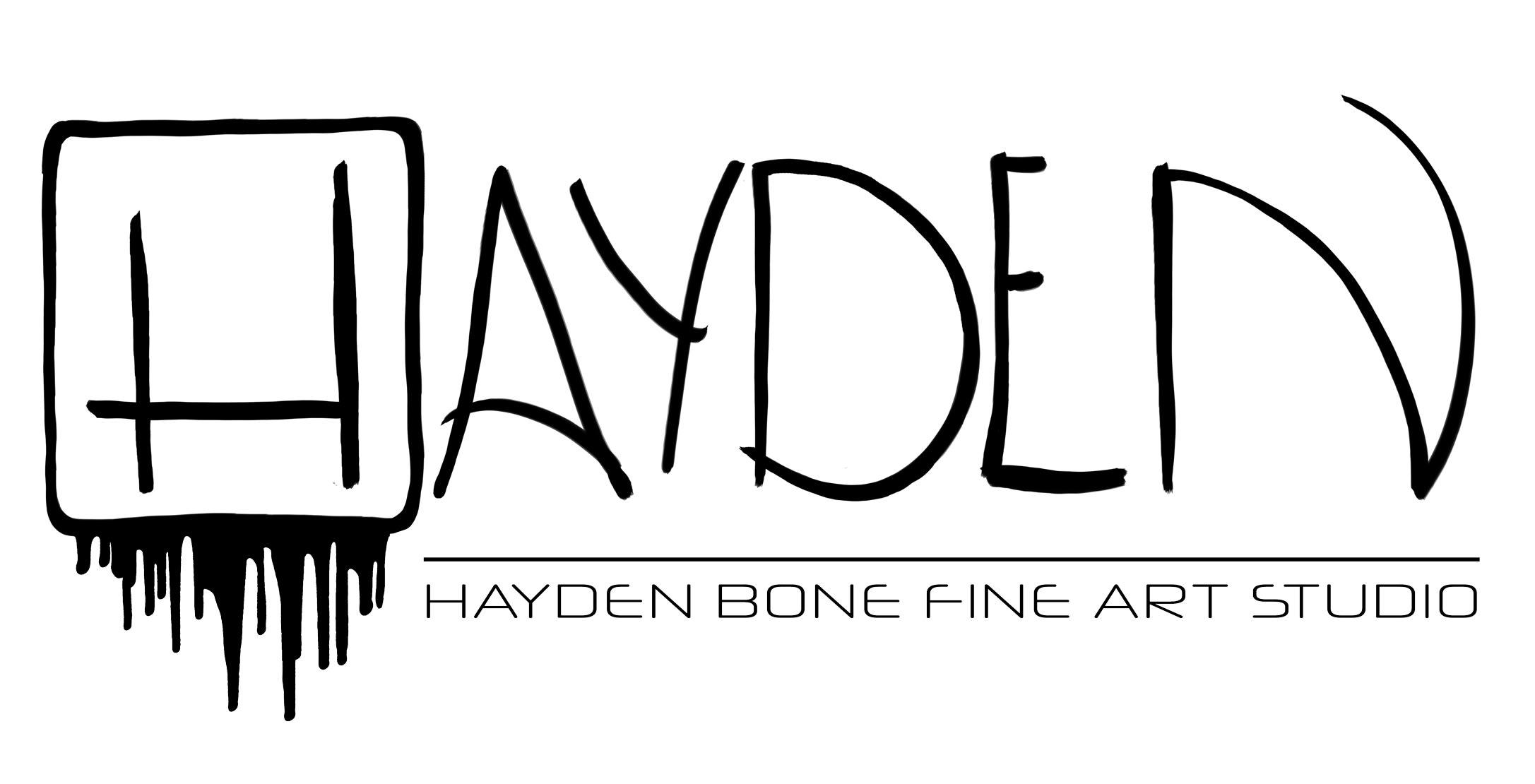
For many, collecting art is driven by passion, curiosity, and the joy of living with works that inspire. But for a growing number of collectors, investing in art has become an important part of a diversified portfolio. As the global art market continues to evolve, understanding its dynamics can help collectors make more strategic investments, combining aesthetic appreciation with long-term financial returns.
Understanding the Art Market
Like any investment category, the art market is influenced by supply, demand, cultural shifts, and economic trends. Art market analysis is the first step toward making informed choices. This means following auction results, gallery reports, and annual market summaries from major institutions like Art Basel and UBS. It also involves tracking the careers of emerging artists and noting the price trajectories of established ones.
The market is segmented by period, style, and price tier – from Old Masters to blue-chip contemporary works. While certain sectors remain relatively stable, others can be volatile, so it’s crucial to understand where growth opportunities lie. For example, buying contemporary art from artists gaining critical attention can offer significant upside potential, but it also carries higher risk if the artist’s market cools.
Art as an Asset
While art doesn’t generate dividends like stocks or interest like bonds, it has unique qualities as an alternative investment. Art as an asset offers potential for appreciation over time, and it’s historically shown low correlation with traditional financial markets. This means that in times of stock market volatility, high-quality art can hold its value – or even gain.
However, liquidity is an important consideration. Selling a work of art is not as simple as offloading shares in a company. It requires timing, market positioning, and sometimes the right venue, whether through private sale or an auction house.

Hayden Bone, "Disturbed #1"
NAVIGATING Auction Houses and Private Sales
Auction houses like Christie’s, Sotheby’s, and Phillips play a key role in setting market benchmarks. Public sales results can create momentum around an artist’s market, but they also expose the work to price risk if bidding is soft. For buyers, auctions can be opportunities to acquire rare pieces, but it’s important to set strict bidding limits and factor in buyer’s premiums.
Private sales – through galleries, art dealers, or brokers – offer greater discretion and often allow for relationship building with artists and their representatives. This can open doors to primary market opportunities, where prices are generally lower than at auction and competition is less intense.
Building an Art Portfolio Strategy
Approaching collecting as you would any investment portfolio can help balance risk and reward. Art portfolio strategies often include:
-
Diversification – Spread investments across different artists, mediums, and price tiers.
-
Long-term holding – Patience is key; many works gain value over years, not months.
-
Balancing blue-chip and emerging artists – Established names bring stability; emerging talents offer growth potential.
-
Condition and provenance checks – Documentation and conservation history directly impact value.
Working with trusted advisors or art consultants can help navigate these decisions and avoid costly mistakes.
High-Value Art Investments
For seasoned collectors, high-value art investments often focus on established artists with proven secondary market performance. These works tend to hold their value well and are less susceptible to short-term market fluctuations. However, entry points are high, and competition for top-tier works is fierce. In such cases, deep due diligence, market trend analysis, and timing are everything.
The Emotional ROI
While financial returns are important, the true reward of collecting is living with art you love. The emotional and cultural value often outweighs the monetary aspect, and in many cases, works purchased primarily for passion become some of the best investments over time.
In Summary: Successful art investing blends market knowledge, strategic planning, and personal taste. By staying informed through regular art market analysis, making disciplined acquisitions – whether buying contemporary art or securing high-value art investments – and building a diversified art portfolio strategy, collectors can enjoy both the cultural and financial rewards of their acquisitions. Whether through the thrill of an auction house win or the quiet satisfaction of a private purchase, the business of art collecting remains as much about the heart as it is about the balance sheet.
If interested in building an art collection, you might also be interested in our beginner's guide to pop art collecting.
